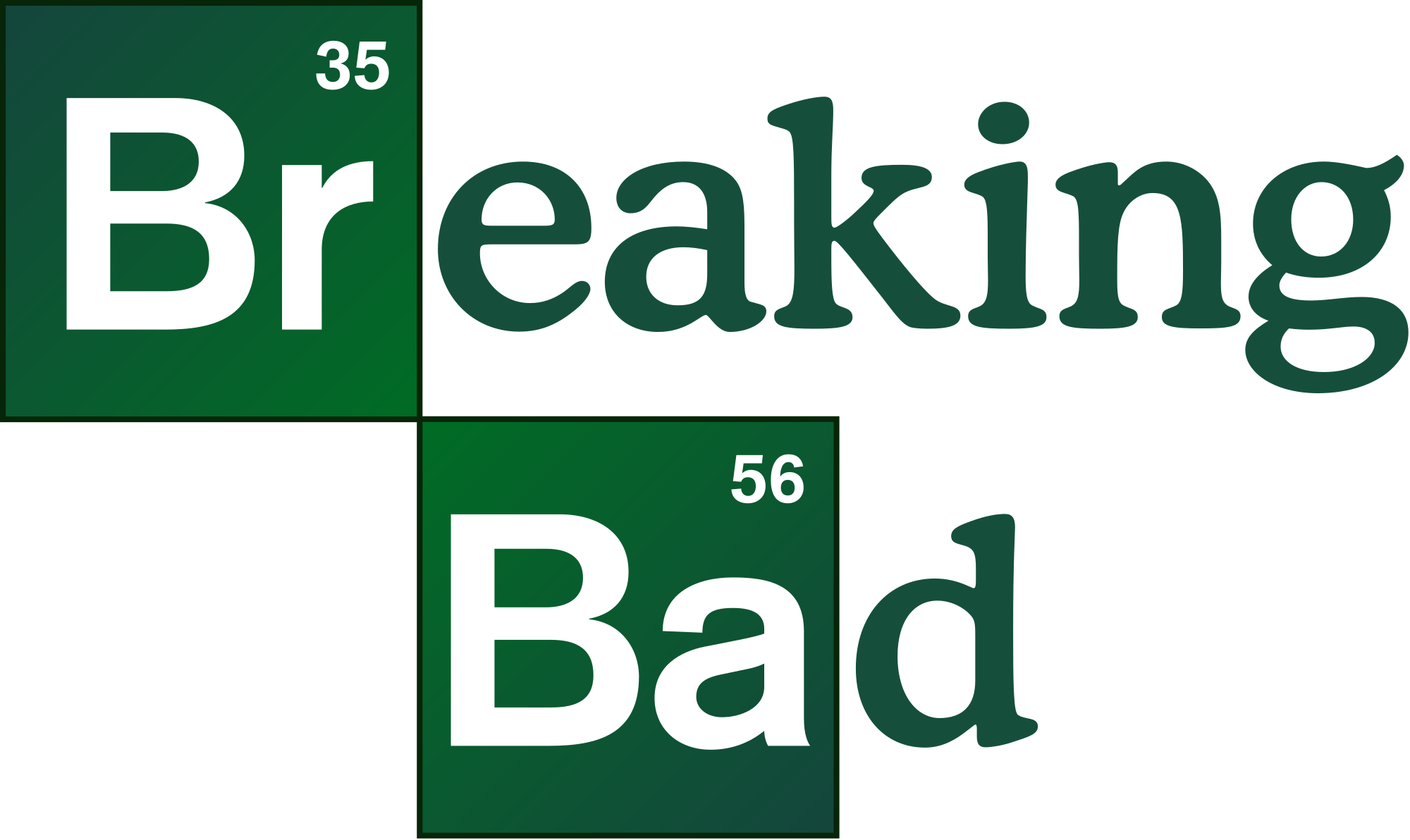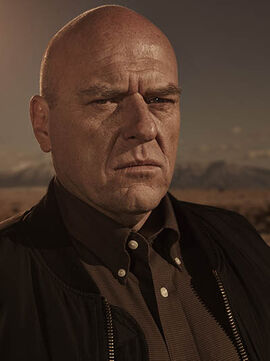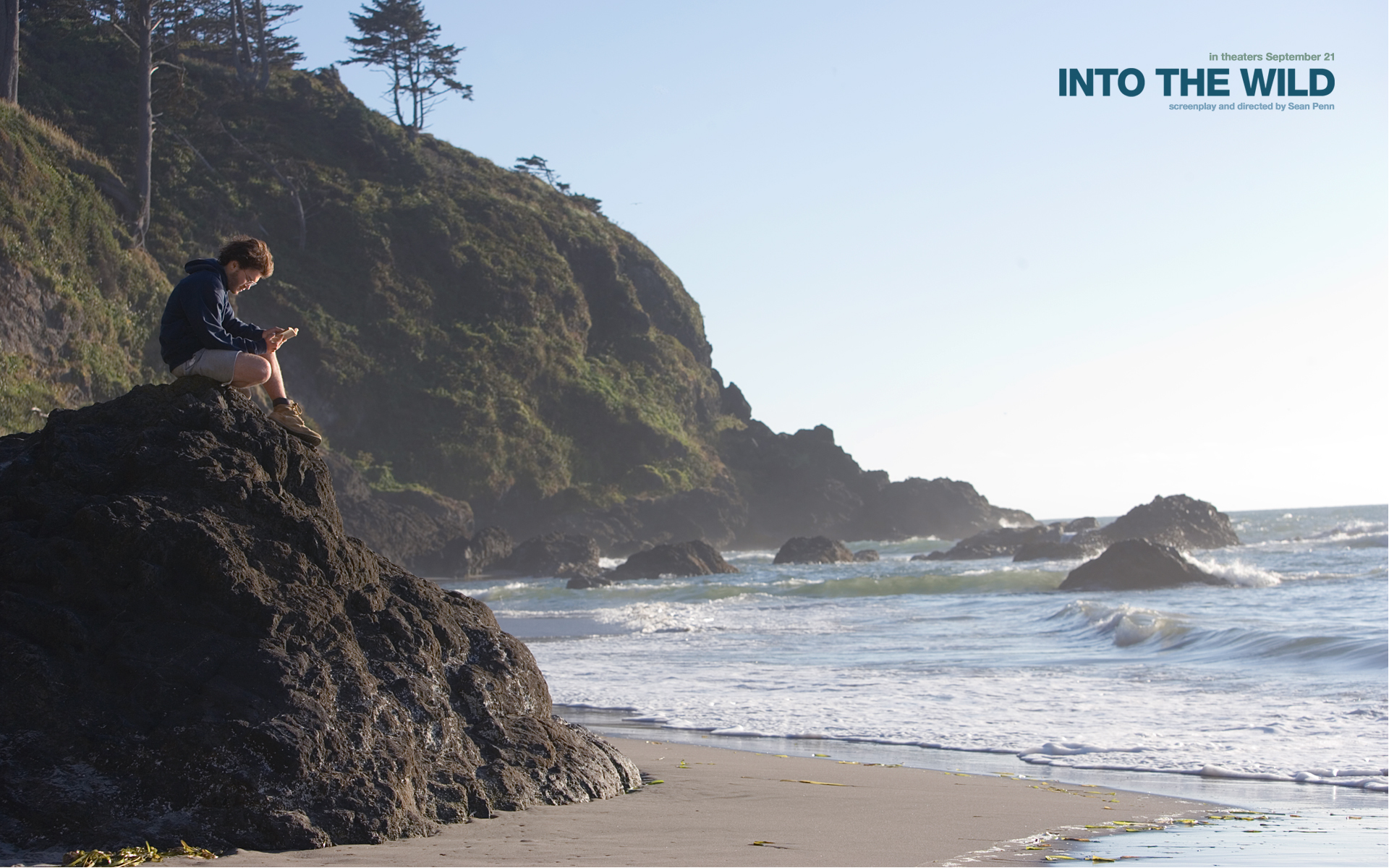So, from June 10th to September 14th there was an exhibition called "Pop Art Myths" in the Thyssen Bornemisza Museum, in the Paseo del Prado 8, in Madrid, Spain. Of course, as we are on 2016 visiting this exhibition in real life is impossible. That is, unless if you go to
Thyssen Museum's web page, where you can find the online exhibition, which you can enjoy as if you were there.
There were many art pieces from well known artists from the Pop Art movement such as Roy Lichtenstein and Andy Warhol. This three month long group show was composed by themes, so that one room has all the art pieces of a specific genre. These genres were:
- Collage Advertising Comics, in which we have paintings such as Look Mickey, by Roy Lichtenstein, or Double Mickey Mouse, by Andy Warhol.
-Emblems, in which paintings such as The First RealTarget, by Peter Blake where exhibition.
-Myths, where we can found collages, paintings and more art pieces that represent famous people, such as Marylin Monroe in Marylin Idol, by Wolf Vostell.
-Portraits, where we can find artworks like Black LightSelf-Portrait, by Andy Warhol.
-Landscapes Interiors Still Lives, in which we find a reinterpretation of those traditional genres of painting. An example of this is Still Life #34, by Tom Wesselmann
-Urban Eroticism, where we can find one of the most important Pop Art artworks, that being Woman in Bath, by Roy Lichtenstein.
-History Pinting, where we find Retroactive II, by Robert Rauscenberg, or Group Hug, by Juan Genovés.
-Art about Art, like Details of Renaissance Paintings (Sandro Botticelli, Birth of Venus, 1482), by Andy Warhol.
When it comes to the exhibition as a whole, it is of course very impressive, as it is full of color, which impacts the viewer. Moreover, the themes represented in the artworks are quite uncommon as they are extremely simplistic in some cases (for example a target in Peter Blake's painting). This mixes with a bit of humor an parody in some cases, such as the painting The Living Room, by Equipo Crónica, which is a parody of the well-known painting Las Meninas, by Velazquez. All this little touches give life to the exhibition, making it funny and lively: the exhibition is not static, it plays with the viewer and keeps him on his toes to discover what will be the next art piece.
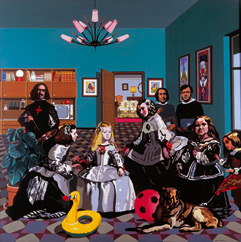 |
The Living Room
Equipo Crónica, 1970
Acrylic on canvas, 200 x 200 cm |
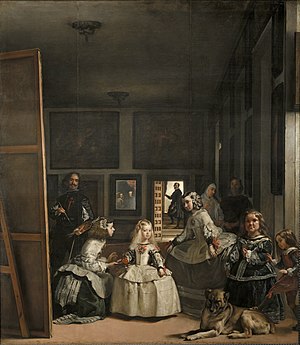 |
Las Meninas
Diego Velazquez, 1656
Oil on canvas 318 x 276 cm |
On top of that, this exhibition has some of the most important Pop Art paintings, by two of the biggest artists of this movement, those Being Roy Lichtenstein and Andy Warhol, but it also has some more artworks by less well known artist, so that the viewer can gain more culture and more knowledge about this movement, in this case, we can say that this exhibition manages to get people involved in this innovative movement and learn that it is not only composed by Roy Lichtenstein and Andy Warhol.
In my view, it goes whithout saying that I really enjoyed this exhibition, as it always felt lively and different due to the innovation in it. However, it can't be denied that it would have been formidable if there were even more artworks, as the exhibition seemed too short. In addition to the fact that Pop Art is a very predictable movement compared to some other Avant-Guarde movements, such as Surrealism and Abstract art, in fact most of the artworks Pop Art have this "nonsense feel" added to them, which gets repetitive after some time, whereas in the case of surrealism of Vladimir Kush's paintings, such as Arrival Of The Flower Ship, paintings loose the "weirdness" that Dali's paintings had, so there is an enormous variety of what surrealism is, whereas Pop Art doesn't seem to lose this feeling of incomprehension, chaos and mystery.
Still, there is not denying that the choice of art pieces was extremely well thought out, as every artwork was completely different from the last, which makes this exhibition a must-see for people who enjoy art, as myself.
 |
Arrival of The Flower Ship
Vladimir Kush, 2000
Oil on canvas 99 x 71 cm |
Also, it is quite clear that the notion Myths and Heroes is embodied by the fact that the whole movement tries to unite tradition and innovation as a whole. With this comes the idea of remaking ancient myths and adapting them to our brand new society, such as
Cleopatra, by Mimmo Rotella, by changing the support and the type of artwork.
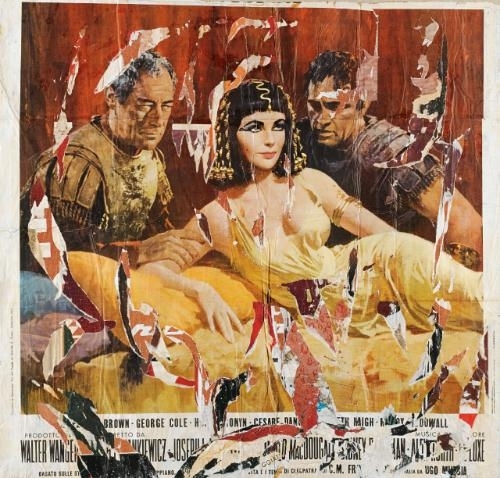 |
Cleopatra
Mimmo Rotelli, 1963
Decollage on canvas 134 x 137 cm |
 |
| Thyssen Museum, Madrid. |
One of the artworks of this exhibition, impressed me a lot. That painting is Black Light Self Portrait, by Andy Warhol, as it is a very representative artwork of the Pop Art, and, as paradoxical as it may seem, it differs at the same time from "classic" Pop Art standards.
First of all, I'm a Terminale L student, which means that my study path goes hand to hand with literature, art, philosophy, etc.
So this painting is the self portrait of Andy Warhol made in 1986. which focuses on his face. The colors used in this painting are mostly dark blue and cyan and the image is mostly static on the bottom half, where Andy Warhol's face is, then the shapes get more harsh and sharp on the upper half, around the hair area. We see clearly that the blue palette chosen by the artist differs a lot from the classic Pop Art palette, which is far more colorful. It also gives stability to the image, and mostly to the bottom half.
The person represented, Andy Warhol, seems calm, focused, and mostly neutral, which reminds us of classic self portraits. On the other hand, his hair is extremely messy, as if it was an explosion, which gives a sense of instability to the art piece. We see here a contrast between agitation and stagnation, as would be the contrast between futurism and cubism. The color choice is of course opposite to the dogmas and rules given by Pop Art: the lively and explosive colors are missing.
To put it in a nutshell, this painting shows Andy Warhol's search for the limit of the Pop Art movement by using a cold colored palette to pause the image. This is also corroborated by the artist's face's inertia, which both paralyse the image. Yet, the only touch of life in the painting is the artist's hair, which makes an explosive feel to the whole painting. There is no denying that this gives a velocity and frenetic feeling to the art piece, and is what mostly belongs to Pop Art's dogmas, and even futurism.
In a word, this reflects the idea of the Pop Art movement: to innovate by utilizing tradition.
Last but not least, this exhibition can be
visited online, and as it seems, it comes back some years to Madrid, though that is not sure.


